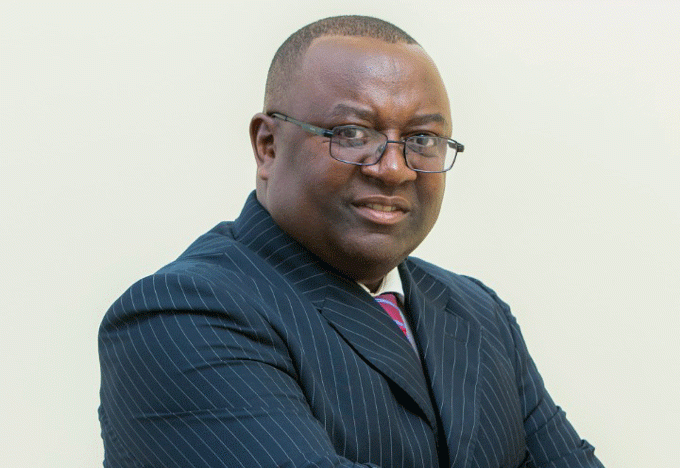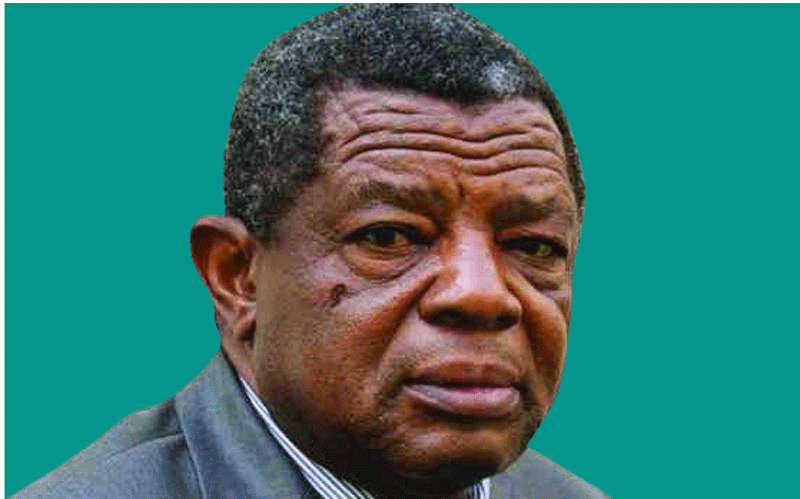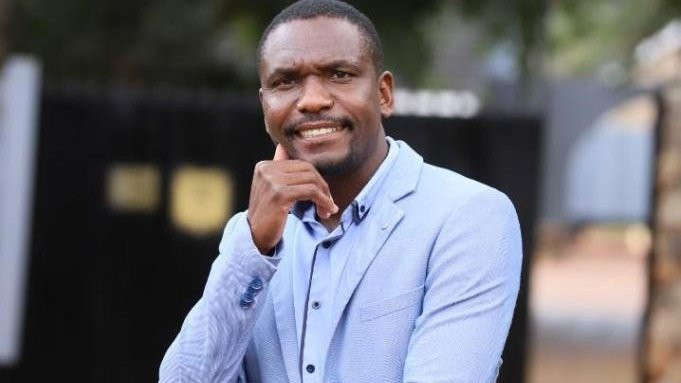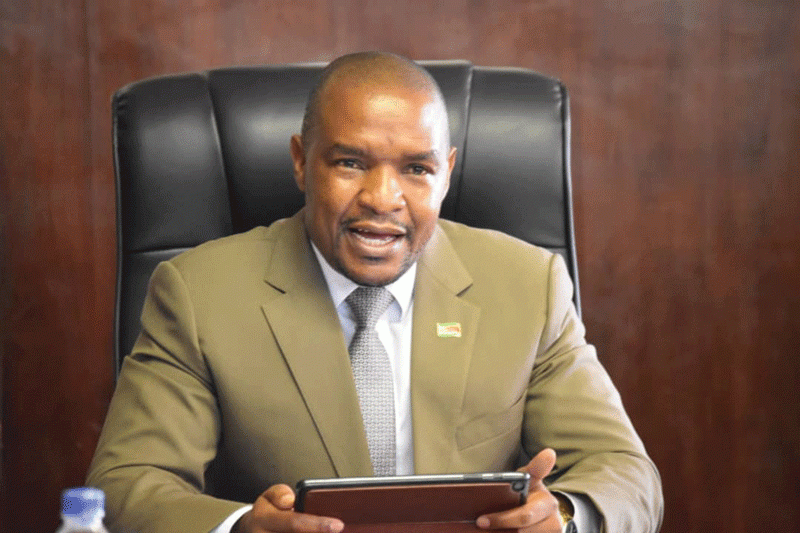BY PETER MAKWANYA
YESTERDAY, February 21 2021, was International Mother-Tongue Day and this year’s theme is, “Fostering Multilingualism for Inclusion in Education and Society.”
This discussion focuses on indigenous language education and how the United Nations Educational, Scientific, and Cultural Organisation (UNESCO) convened a committee of experts to consider the question of language of education on a world-wide basis.
The 1953 indigenous education report ushered a new era towards the educational linguistic matters ever since.
Special emphasis was given to the essential role played by mother tongue instruction. This is important especially in the face of shortages of textbooks, teaching children using their vernacular at early stages of their academic careers would not scare them away, especially in the context of climate change education. Zimbabwe, as part of the global community of nations, regards climate change as a top priority in its development efforts.
The country is witnessing intensity of severe weather events, particularly droughts, prolonged dry spells, and recently extreme storms associated with wide-spread hail and flash flooding. This also includes increased incidences of heat-waves, and related health challenges.
Keep Reading
- Chamisa under fire over US$120K donation
- Mavhunga puts DeMbare into Chibuku quarterfinals
- Pension funds bet on Cabora Bassa oilfields
- Councils defy govt fire tender directive
The knowledge attitudes and practices (Kap) for Zimbabwe’s National adaptation plan (Nap) survey of 2018, shows that information, knowledge, education and action on climate change is low in this country and southern Africa generally. This can only succeed if climate change education is delivered in the mother-tongue across the board.
Climate change discourses have not been found to be inclusive in scope, content and representations. This comes as a result of climate change information being presented in the foreign medium of expression. To date, no efforts have been made to make this language user-friendly through engaging expertise in mother-tongue instruction. For this reason, climate change discourses remain elusive, problematic and non-inclusive, thereby presenting procedural and structural challenges in community-based adaptation practices.
In 2017, the UNDP report on Zimbabwe climate change and education, cited climate change as having a direct impact on education. Despite evidence of physical climate change impacts such as heavy rains accompanied by flash floods, strong winds and hail-storms, among others, the language issue is a major concern and has had negative impacts on climate change literacy.
For this reason, there appears to be a deliberate exclusionary effect which places the ordinary person who invested a lot in the mother-tongue in a dilemma. Therefore, this deliberate lack of mother-tongue inclusion creates information and knowledge gaps especially to the citizens of developing countries who lack technical expertise and resources to articulate climate change issues.
Lack of inclusion of the mother-tongue aspect in climate literacy programmes, exposes glaring linguistic differences tantamounting to communicative and scientific-linguistic gate-keeping. The inherent lack of mother-tongue inclusivity in climate change education, forces learners from developing countries to tackle scientific concepts presented in a non-native language using local languages for interpretations.
As such, the learners have two things to do, first they would be expected to translate the knowledge acquired in a technically loaded jargon into their first languages, secondly, they would be expected to apply that foreign language into their practical situations. In this regard, it would appear as if the learners would not be able to have knowledge of their own situations without understanding the foreign language first. In terms of progress, this is actually a barrier.
Foreign language proponents always hide behind the question of lack of resources and incentives to motivate them in adapting to the technical nature of the language used to communicate information on climate change. In this view, lack of mother-tongue inclusion is not only a violation of human rights but contributes to climate injustices as well.
Inclusive climate change education by fostering the mother tongue contributes to conflict sensitive education in sustainable cultures and for peace building with the environment.
The sustainable development goal (SDG) 4 (quality education), advocates that every child receives an inclusive and equitable quality education, where the mother-tongue plays transformative roles. Inclusive mother-tongue climate education strengthens societal cohesion and unity in a multicultural and multilingual set-up.
Multilingual inclusive education improves learners’ lives by building resilience in their communities through sustainable adaptations, recovery from climate change shocks and stresses for climate solutions envisaged.
In this regard, multilingualism and inclusivity afford communities to use their mother tongues for sustainable development using the languages they know better, communicating their identities for positive environmental and social change.
Climate change information is difficult to communicate by its very nature, what more when it is not communicated in the discourse of choice.
The process of climate change unfolds as hidden hazards, prevailing and unfolding unnoticed, until they reach disaster proportions. For this reason, communities need the services of their own languages in order to understand this hidden phenomenon.
Inclusive mother-tongue climate change education is the most powerful tool any society can have in order to bring these hidden hazards of climate change into the public domain and attention, understanding and action.
In this regard, communities cannot communicate hidden hazards of climate change without reasonably and effectively understanding the climate problem through their world-views and standpoints deeply rooted in mother-tongue orientation.
In order to make informed and balanced choices and contributions, communities need to possess basic knowledge of the causes of climate change, sufficiently communicated in their mother-tongues. Therefore, it is significant for local people to build the new knowledge of climate change impacts without being left out in order to correct misconceptions brought about by technicalities of climate change written in a foreign language. Mother-tongue climate education provides deep learning grounded in real world challenges, requiring solutions that change lives.
This also provides human dimensions of climate change which resonate well with their livelihoods. Mother-tongue instruction does not scare away learners from learning climate change but raises learners’ awareness to address problems posed by climate change.
Mother-tongue instruction and inclusion enhances better understanding using local images of local landscapes that people may relate to, at the same time having emotional connections based on personal experiences.
These increase the chances of learners permanently changing behaviours for lifelong skills.
All in all, it is significant and sustainable that in order to succeed in having quality education, especially with regard to climate change education, communication roadblocks and obstacles must be managed or totally removed.
Knowledge held by local people outside the formal scientific domains can only be effectively communicated through mother-tongue inclusion so that no one is left behind by language use.
Peter Makwanya is a climate change communicator. He writes in his personal capacity and can be accessed on: petrovmoyt@gmail.com.





